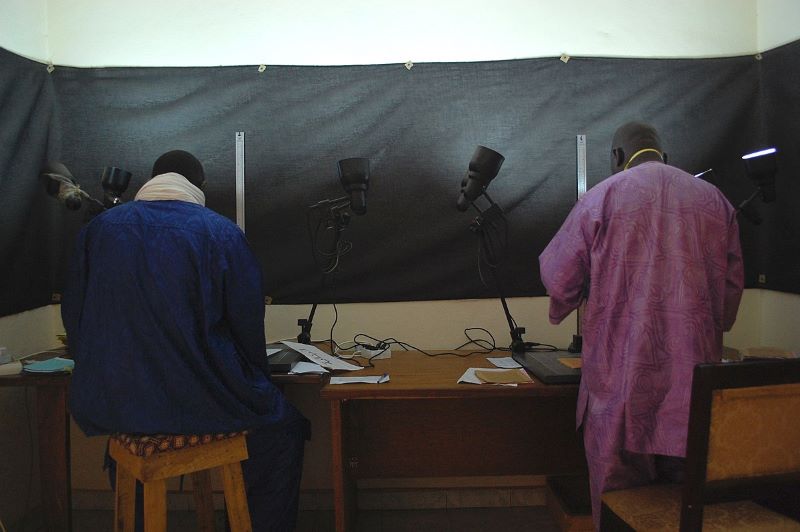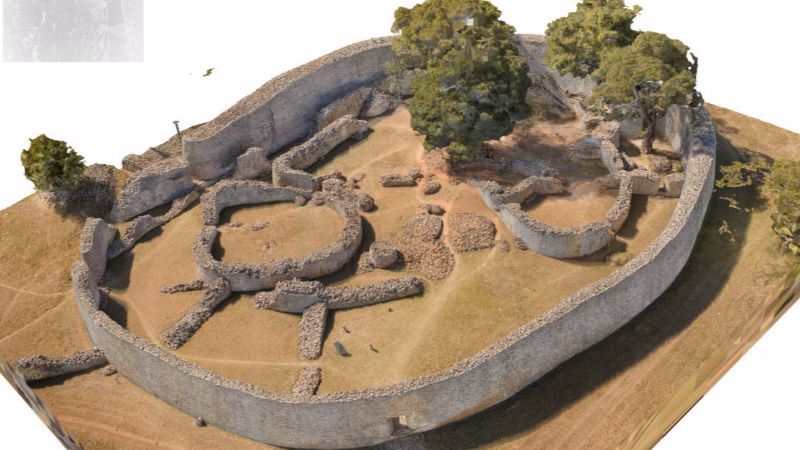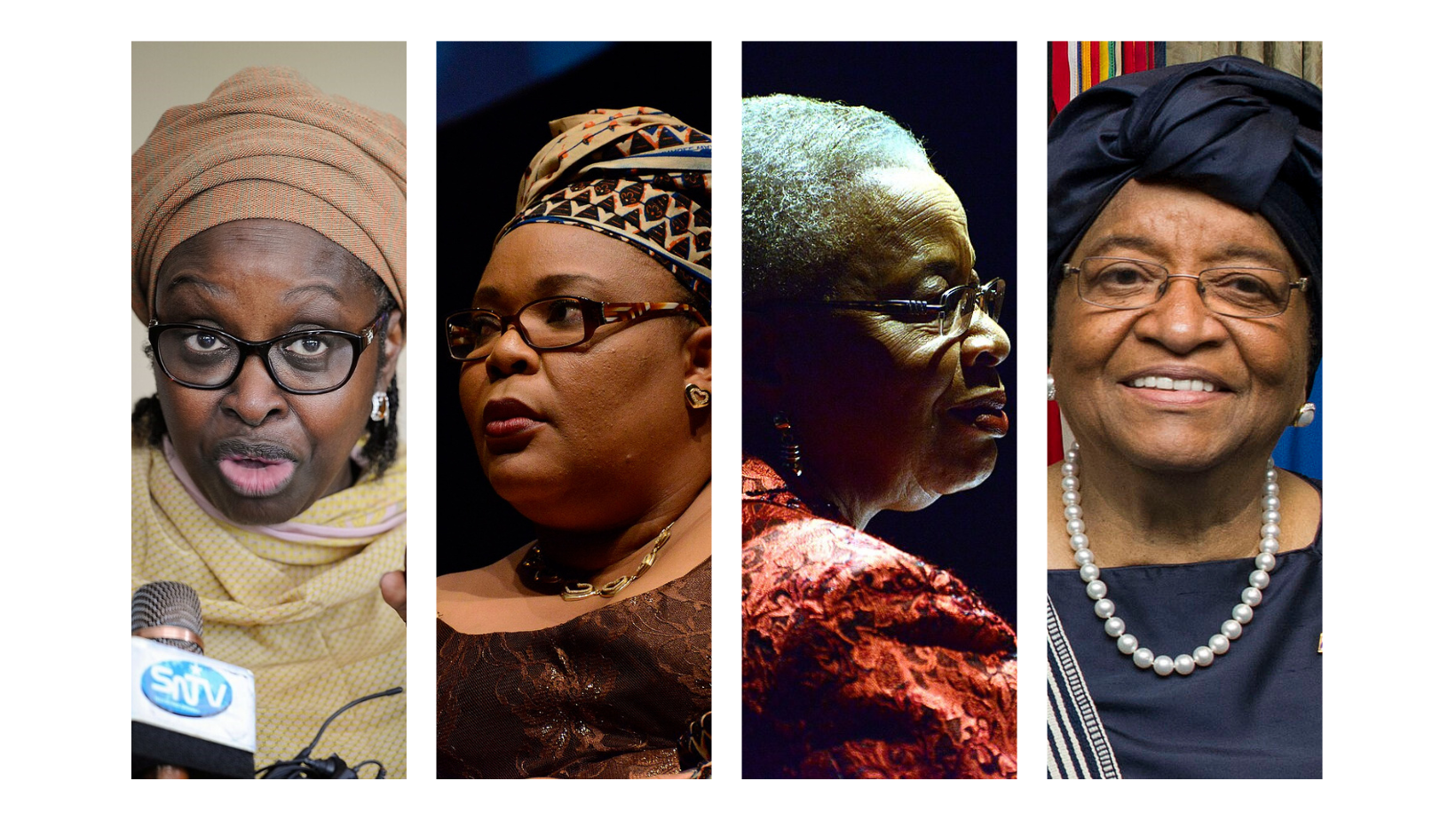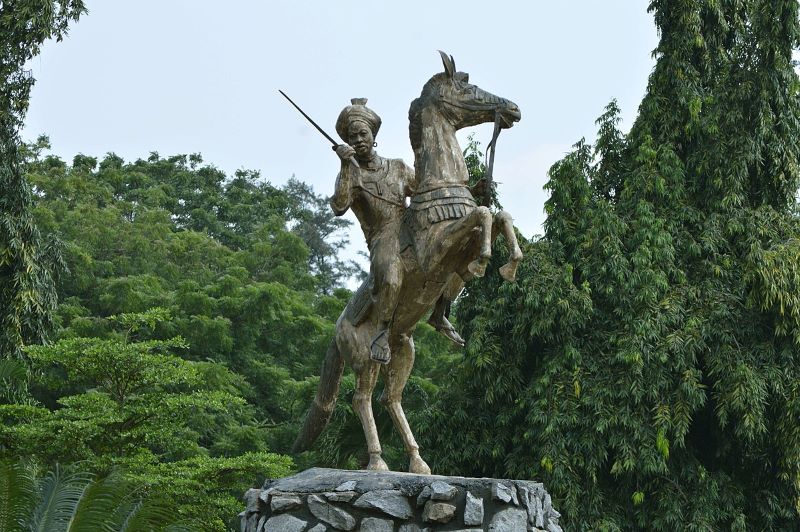Worker carefully cleaning Timbuktu manuscripts. Mark Fischer, CC BY-SA 2.0, via Wikimedia Commons
In the center of Timbuktu, Mali, ancient manuscripts narrate stories of astronomical breakthroughs, medical treatments, and philosophical arguments that once made this city a learning hub in West Africa. These valuable documents are digitized, pixel by pixel, to safeguard them for future generations. This meeting of centuries-old knowledge and new technology is a quintessential example of the revolutionary power of digital humanities for protecting African cultural heritage.
When Ancient Meets Digital
The phrase “digital humanities” sounds like an oxymoron at first. How can something so inherently human as cultural heritage be boiled down to ones and zeros? But this new field is proving to be a powerful ally in the battle against time, war, and environmental degradation to Africa’s rich cultural heritage.
We’re not merely saving artifacts but stories, memories, and identities. Digital technology enables us to make these available to local communities and global audiences in ways our ancestors could never have dreamed of.
The Digital Renaissance of African Archives
The sheer scale of the digital preservation project across Africa is gargantuan. Not just anything, the use of such digital tools is spurred up by cultural institutions. In 2020, ADHI collaborated with TheBookBunk as digitization advisors on their project to digitize the rare archives of the McMillan Library, finished within six months and resulted in the digitization of 21,000 documents.
But it’s not merely a matter of scanning documents and snapping photographs.
Contemporary digital humanities projects use cutting-edge technologies:
- 3D scanning preserves delicate details of traditional artifacts, enabling virtual museums to display pieces that may be too delicate for physical display
- Machine learning algorithms assist in translating and transcribing ancient texts in Indigenous languages.
- Virtual and augmented reality reconstructs historical sites in a manner to create immersive environments of such places as Great Zimbabwe or Old Benin.

One of the scanning studios for the Zimbabwe manuscripts.
UNESCO Bureau of Mali, CC BY-SA 3.0 IGO, via Wikimedia Commons
Democratizing Access
Digitization means converting primary records into appropriate digital formats for the sake of preservation from which all time-related drawbacks originate. In this process, AODL creates free universal access to many touched cultural heritage materials in and about African countries and communities. It provides access to thousands of digitized photographs, videos, archival documents, maps, interviews, and oral histories in a variety of African languages.
Similarly, based at the University of Cape Town, the Zamani Project focuses on the spatial digital documentation of cultural heritage sites and landscapes. Using technologies like laser scanning and digital modeling, they create detailed records of significant sites across the continent.

3D Model of Great Zimbabwe, created by the Zamani Project. Source: Zamani Project
Challenges and Controversies
Although the integration of digital tools has great promise, it is not without its challenges. One of the major challenges is the “data grab,” where international companies harvest data from Africa to construct tools that are sold elsewhere, with little sufficient benefit to the originating communities. This poses issues of data ownership, ethics, and the risk of exploitation of African resources.
Furthermore, the dominance of big languages on digital platforms has the potential to marginalize African languages, most of which are spoken but have no written text. This language gap has the potential to undermine these languages’ cultural richness and knowledge systems.
Community-Led Digital Innovation
Most thrilling is the role being played by local people in digital preservation. The Maasai Digital Cultural Heritage Project is based in Laikipia, Kenya. Digital recording hardware has been provided under a program funded by the United Nations to help indigenous communities record and preserve their cultural heritage.
Local scholars have also been trained in digital photography and metadata handling by the Ethiopic Manuscript Imaging Project, thus conserving local expertise. It is also discovered to be much more sustainable than bringing in foreign specialists for temporary posts.
The Role of Artificial Intelligence
AI is emerging as a powerful tool in digital humanities, though its use raises critical ethical considerations. Machine learning algorithms can:
- Detect patterns in traditional art forms.
- Help reconstruct damaged texts.
- Identify connections between different cultural practices across regions.
- Assist in the translation of Indigenous languages.
AI is a tool, not a replacement for human expertise and cultural understanding.
Nevertheless, various innovative interventions are being devised to bridge the technology-cultural chasm. MOWAA, the Museum of West African Art, which will be opened in Benin City, Nigeria in May 2025, is meant to prove that Africa indeed has appropriate capacity and space for heritage management. The museum complex will boast some of the most modern laboratories, galleries, performance space, and climate-controlled storage for the representation of contemporary African identity and history.
The African Digital Humanities @ KU initiative also explores the intersection of traditional humanistic inquiry in Africa and digital media, centering African perspectives and projects. Their programs include annual symposia and regular digital indabas that foster discussions on these topics.
The preservation of African cultural heritage through digital means needs a multi-step approach:
- Sustainable funding models that do not rely on foreign donors
- Local technical capacity building
- Enhanced digital infrastructure on the continent
- Strong legal frameworks safeguarding digital cultural rights
- Regular engagement with local communities
As institutions and communities build and engage with new digital tools, we’re not only preserving the past but building bridges toward the future.
By opening up African cultural heritage and making it relevant in this digital age, we are not just preserving the history but assuring that it contributes to the future. An age-old proverb says, “Until the lion learns to write, every story will glorify the hunter.” Today, in this digital age, the lion is no longer writing, but coding and scanning and sharing its own story with the world.

Anand Subramanian is a freelance photographer and content writer based out of Tamil Nadu, India. Having a background in Engineering always made him curious about life on the other side of the spectrum. He leapt forward towards the Photography life and never looked back. Specializing in Documentary and Portrait photography gave him an up-close and personal view into the complexities of human beings and those experiences helped him branch out from visual to words. Today he is mentoring passionate photographers and writing about the different dimensions of the art world.





